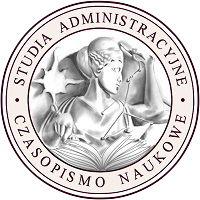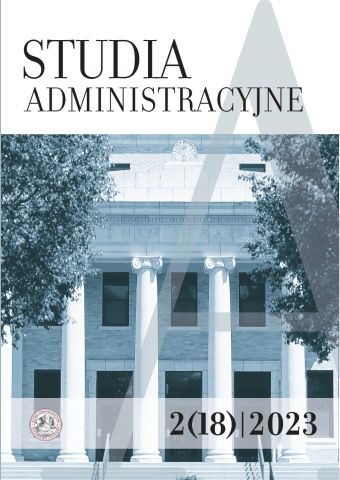






| Authors: |
Marcin
Gronowski

Uniwersytet im. Adama Mickiewicza w Poznaniu |
| Keywords: | distributed ledger technology definition cryptoassets MiCA |
| Data publikacji całości: | 2023-12 |
| Page range: | 12 (5-16) |
| Klasyfikacja JEL: | K24 |
| Downloads ?: | 119 |
| 1. | Baran P., On distributed communications: I. Introduction to distributed communications networks, Memorandum RM-3420-PR, 1964. |
| 2. | Bartoszewicz M., Definicje legalne w świetle zasady określoności prawa, (w:) Dookoła Wojtek… : księga pamiątkowa poświęcona Doktorowi Arturowi Wojciechowi Preisnerowi, red. R. Balicki, M. Jabłoński, Wrocław 2018, s. 355–364. |
| 3. | Broeckaert L., Digital transformation in Japan. Assessing business opportunities for EU SMEs, 2022. |
| 4. | Garstka M., Piech K., Konsorcja i Rady Blockchain na świecie, 2017. |
| 5. | Klinger B., Szczepański J., Blockchain – historia, cechy i główne obszary zastosowań, Człowiek w Cyberprzestrzeni 2017, nr 1, s. 11–27.Międlar P., Blockchain w systemie finansowym, Studia i Prace Kolegium Zarządzania i Finansów 2019, nr 173, s. 77–88. |
| 6. | Oksanowicz P., Biała księga blockchain, Warszawa, 2018. |
| 7. | Opitek P., Przeciwdziałanie praniu pieniędzy z wykorzystaniem walut wirtualnych w świetle krajowych i międzynarodowych regulacji AML, Prokuratura i Prawo 2020, nr 12, s. 41−70. |
| 8. | Piech K., Leksykon pojęć na temat blockchain i kryptowalut, Warszawa 2018. |
| 9. | Szostek D., Blockchain a prawo, Warszawa 2018. |
| 10. | Tasca P., Tessone C., Taxonomy of Blockchain Technologies. Principles of Identification and Classification, 2018. |
| 11. | Zacharzewski K., Obrót walutami cyfrowymi w reżimie obrotu instrumentami finansowymi, Przegląd Sądowy 2017, nr 11–12, s. 140−152. |